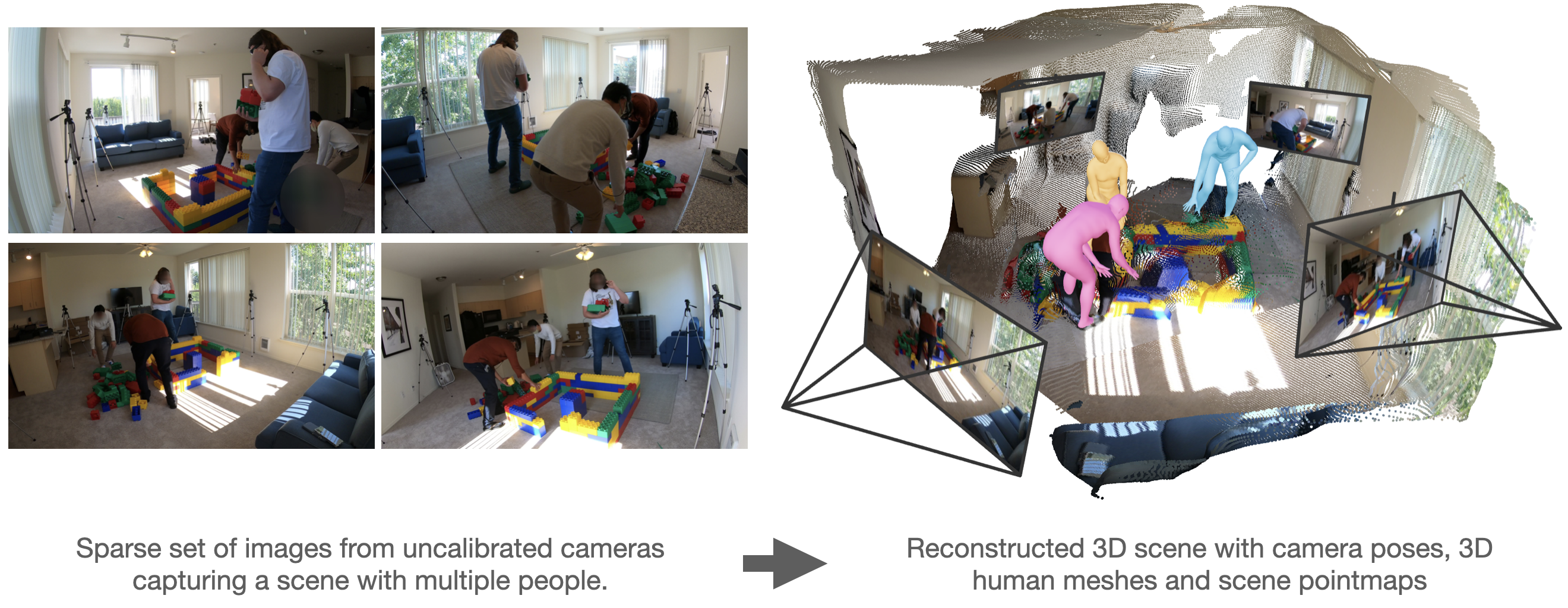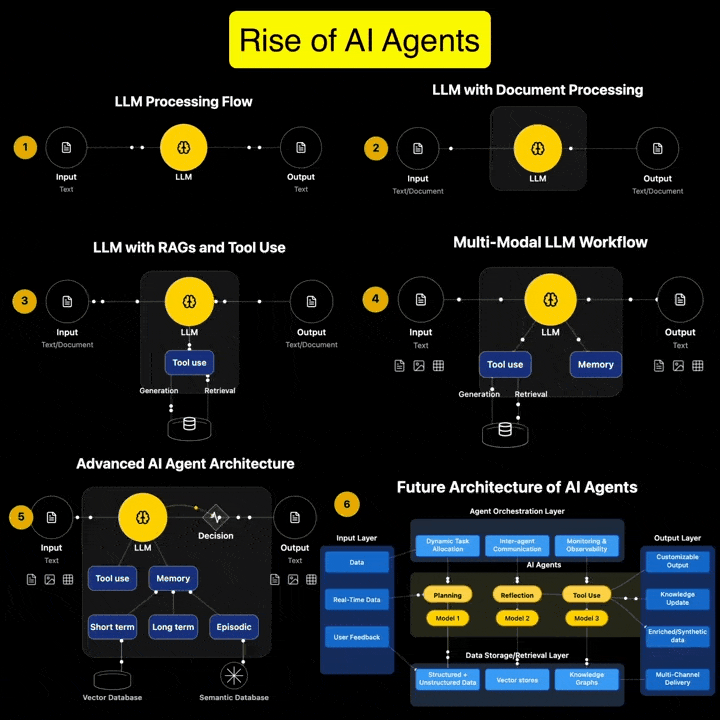BREAKING NEWS
LATEST POSTS
-
Gaussian Splatting OFX plugin for Nuke
https://radiancefields.com/gaussian-splatting-in-nuke
https://aescripts.com/gaussian-splatting-for-nuke
Features
- Import .ply files in Nuke.
- Support Compressed .ply files from SuperSplat
- Crop with Spherical or Box shape.
- Crop with Y Plane.
- Combine up to 10 models in the scene.
- Colorize with Ramp using Spherical or Box shape.
- Reveal model with Opacity Ramp.
- Animate Splat Scale with Spherical or Box shape.
- Each model can be distorted with Noise.
- Render Depth Pass for 3D compose.
- Color correction for each model.
- Real-time with GPU
- Export scene
-
ComfyUI + InstaID SDXL – Face and body swap tutorials
https://github.com/cubiq/ComfyUI_InstantID
https://github.com/cubiq/ComfyUI_InstantID/tree/main/examples
https://github.com/deepinsight/insightface
Unofficial version https://github.com/ZHO-ZHO-ZHO/ComfyUI-InstantID
Installation details under the post
(more…) -
ComfyUI Tutorial Series Ep 25 – LTX Video – Fast AI Video Generator Model
https://comfyanonymous.github.io/ComfyUI_examples/ltxv
LTX-Video 2B v0.9.1 Checkpoint model
https://huggingface.co/Lightricks/LTX-Video/tree/main
More details under the post
(more…) -
AI and the Law – The AI-Copyright Trap document by Carys Craig
https://papers.ssrn.com/sol3/papers.cfm?abstract_id=4905118
“There are many good reasons to be concerned about the rise of generative AI(…). Unfortunately, there are also many good reasons to be concerned about copyright’s growing prevalence in the policy discourse around AI’s regulation. Insisting that copyright protects an exclusive right to use materials for text and data mining practices (whether for informational analysis or machine learning to train generative AI models) is likely to do more harm than good. As many others have explained, imposing copyright constraints will certainly limit competition in the AI industry, creating cost-prohibitive barriers to quality data and ensuring that only the most powerful players have the means to build the best AI tools (provoking all of the usual monopoly concerns that accompany this kind of market reality but arguably on a greater scale than ever before). It will not, however, prevent the continued development and widespread use of generative AI.”
…
“(…) As Michal Shur-Ofry has explained, the technical traits of generative AI already mean that its outputs will tend towards the dominant, likely reflecting ‘a relatively narrow, mainstream view, prioritizing the popular and conventional over diverse contents and narratives.’ Perhaps, then, if the political goal is to push for equality, participation, and representation in the AI age, critics’ demands should focus not on exclusivity but inclusivity. If we want to encourage the development of ethical and responsible AI, maybe we should be asking what kind of material and training data must be included in the inputs and outputs of AI to advance that goal. Certainly, relying on copyright and the market to dictate what is in and what is out is unlikely to advance a public interest or equality-oriented agenda.”
…
“If copyright is not the solution, however, it might reasonably be asked: what is? The first step to answering that question—to producing a purposively sound prescription and evidence-based prognosis, is to correctly diagnose the problem. If, as I have argued, the problem is not that AI models are being trained on copyright works without their owners’ consent, then requiring copyright owners’ consent and/or compensation for the use of their work in AI-training datasets is not the appropriate solution. (…)If the only real copyright problem is that the outputs of generative AI may be substantially similar to specific human-authored and copyright-protected works, then copyright law as we know it already provides the solution.” -
Newton’s Cradle – An AI Film By Jeff Synthesized
Narrative voice via Artlistai, News Reporter PlayAI, All other voices are V2V in Elevenlabs.
Powered by (in order of amount) ‘HailuoAI’, ‘KlingAI’ and of course some of our special source. Performance capture by ‘Runway’s Act-One’.
Edited and color graded in ‘DaVinci Resolve’. Composited with ‘After Effects’.
In this film, the ‘Newton’s Cradle’ isn’t just a symbolic object—it represents the fragile balance between control and freedom in a world where time itself is being manipulated. The oscillation of the cradle reflects the constant push and pull of power in this dystopian society. By the end of the film, we discover that this seemingly innocuous object holds the potential to disrupt the system, offering a glimmer of hope that time can be reset and balance restored. -
xinsir – controlnet-union-sdxl-1.0 examples
https://huggingface.co/xinsir/controlnet-union-sdxl-1.0
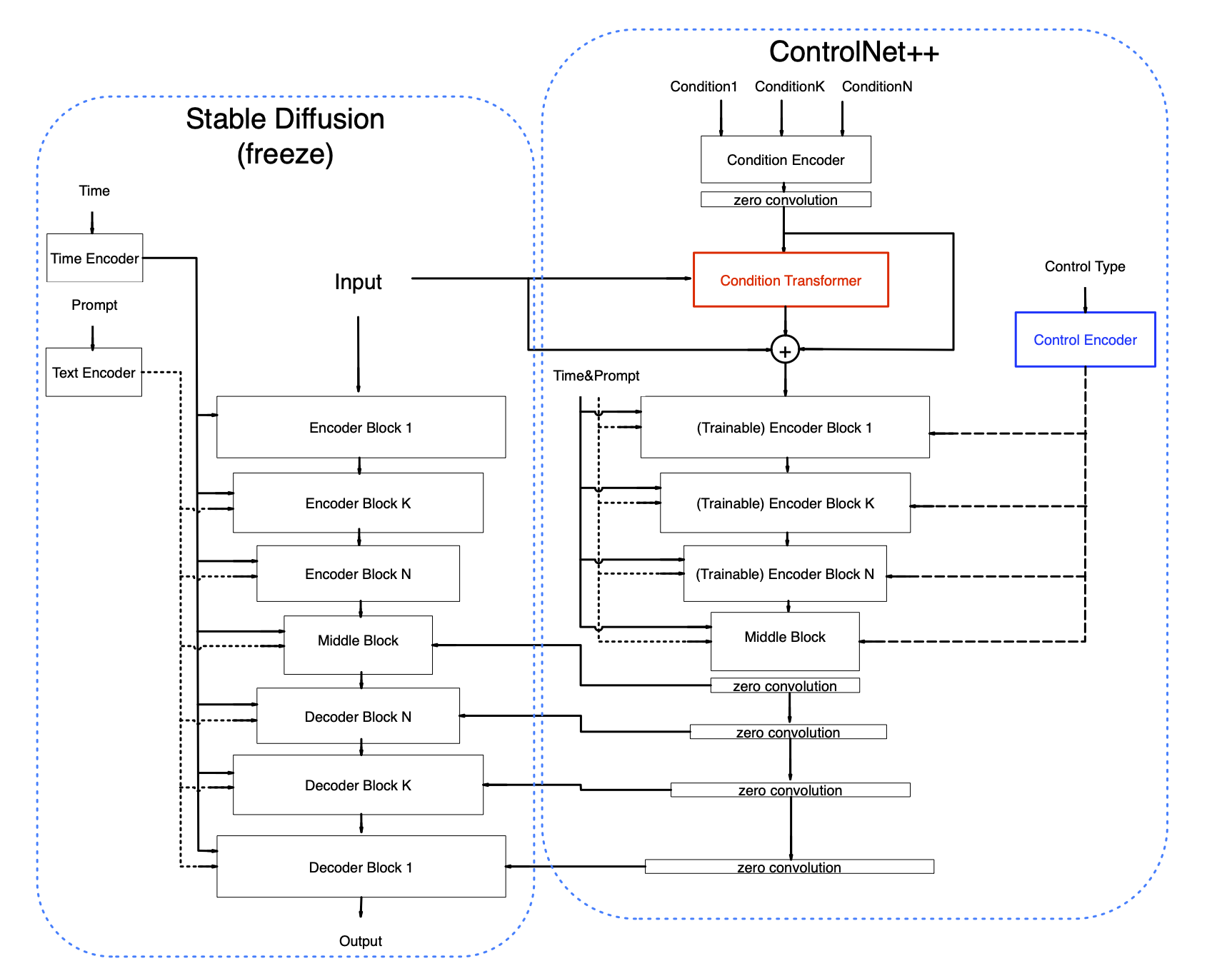
deblur

inpainting

outpainting

upscale
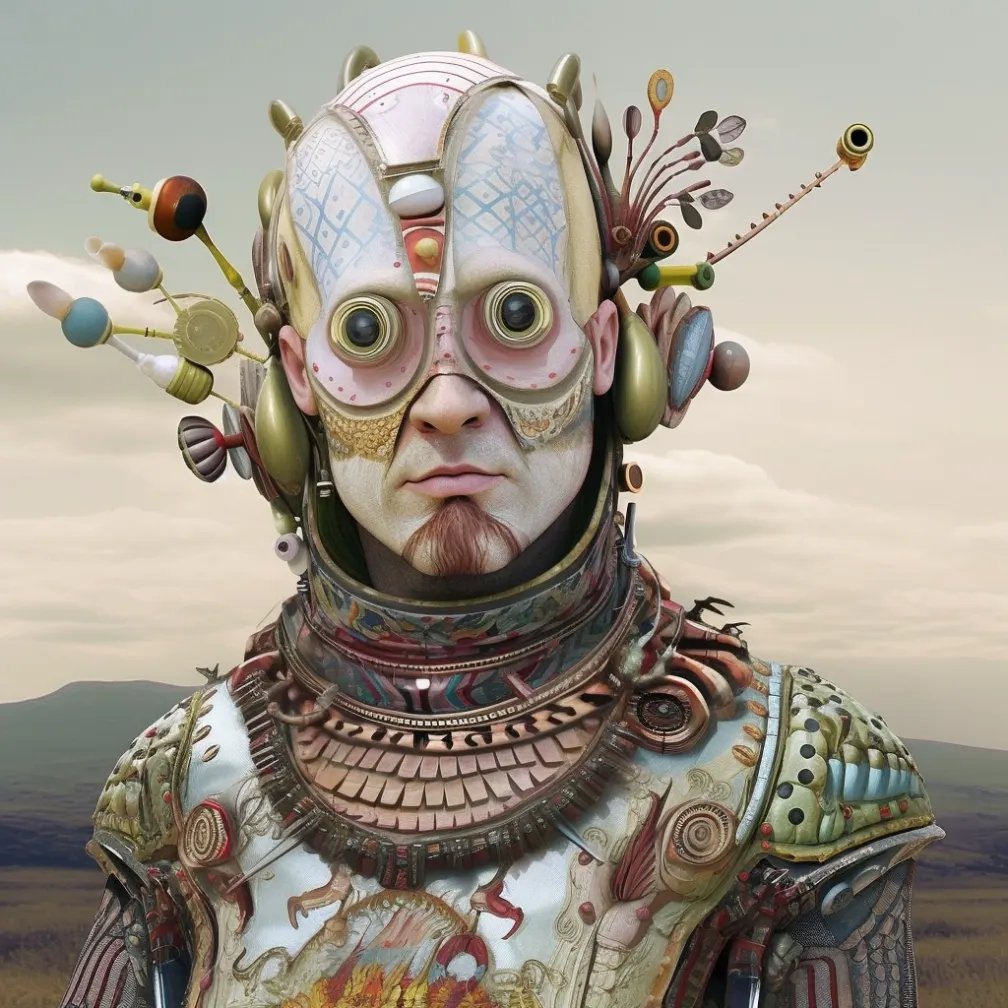
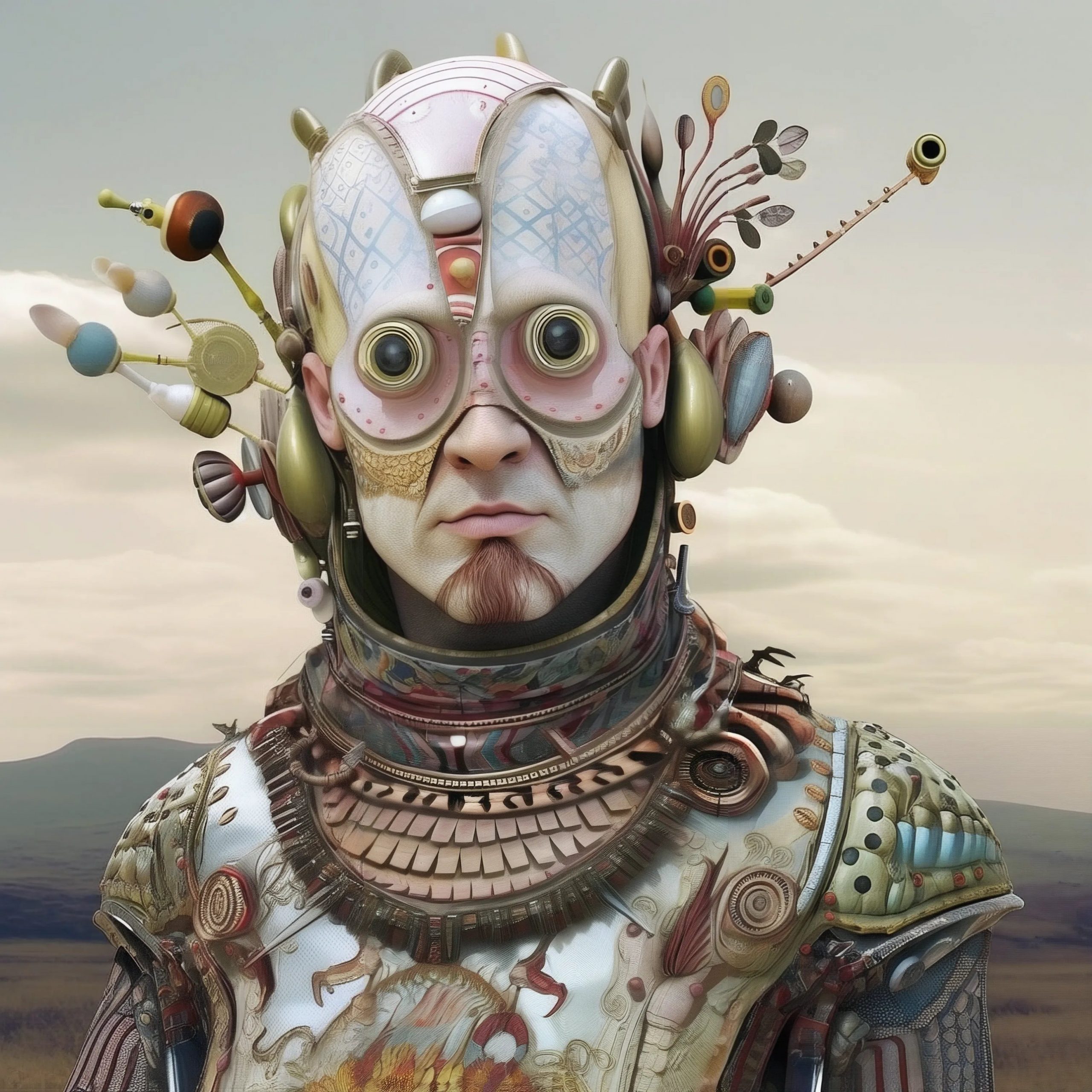
openpose
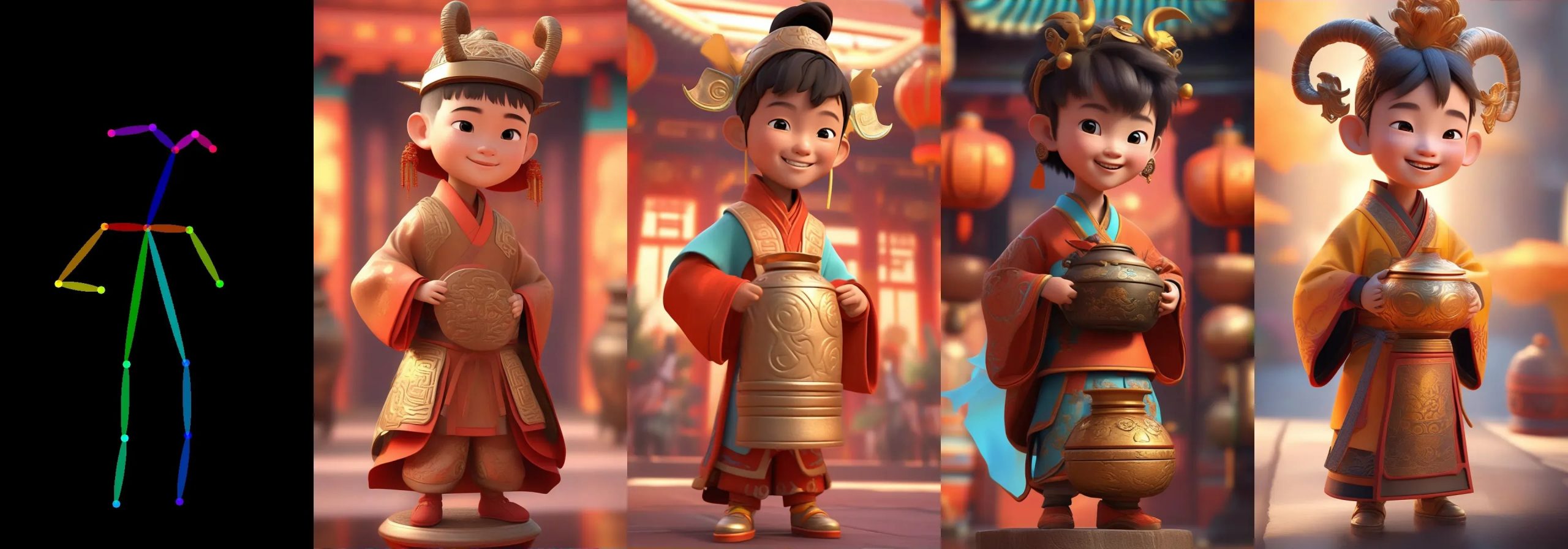
depthmap

canny

lineart

anime lineart

mlsd

scribble

hed

softedge

ted

segmentation

normals

openpose + canny

FEATURED POSTS
-
Composition and The Expressive Nature Of Light
http://www.huffingtonpost.com/bill-danskin/post_12457_b_10777222.html
George Sand once said “ The artist vocation is to send light into the human heart.”
-
ComfyUI-Distributed – Parallel and distributed processing across multiple GPUs and machines
https://github.com/robertvoy/ComfyUI-Distributed
Key FeaturesParallel Workflow Processing
- Parallel Generation – Run the same workflow on multiple GPUs simultaneously with different seeds
- Automatic Load Balancing – Distribute workflow execution across available workers
- Batch Acceleration – Generate multiple variations faster by using all your GPUs
Distributed Upscaling- True Distributed Processing – Split large upscaling tasks into tiles processed across multiple GPUs
- Tile-based Upscaling – Intelligent work distribution for Ultimate SD Upscale
Management & Monitoring- Automatic Worker Management – Launch and monitor workers from the UI
- Network Support – Use GPUs across different machines on your network
- Real-time Monitoring – Track worker status and performance from the UI
- Easy Configuration – JSON-based configuration with UI controls
- Memory Management – Built-in VRAM clearing
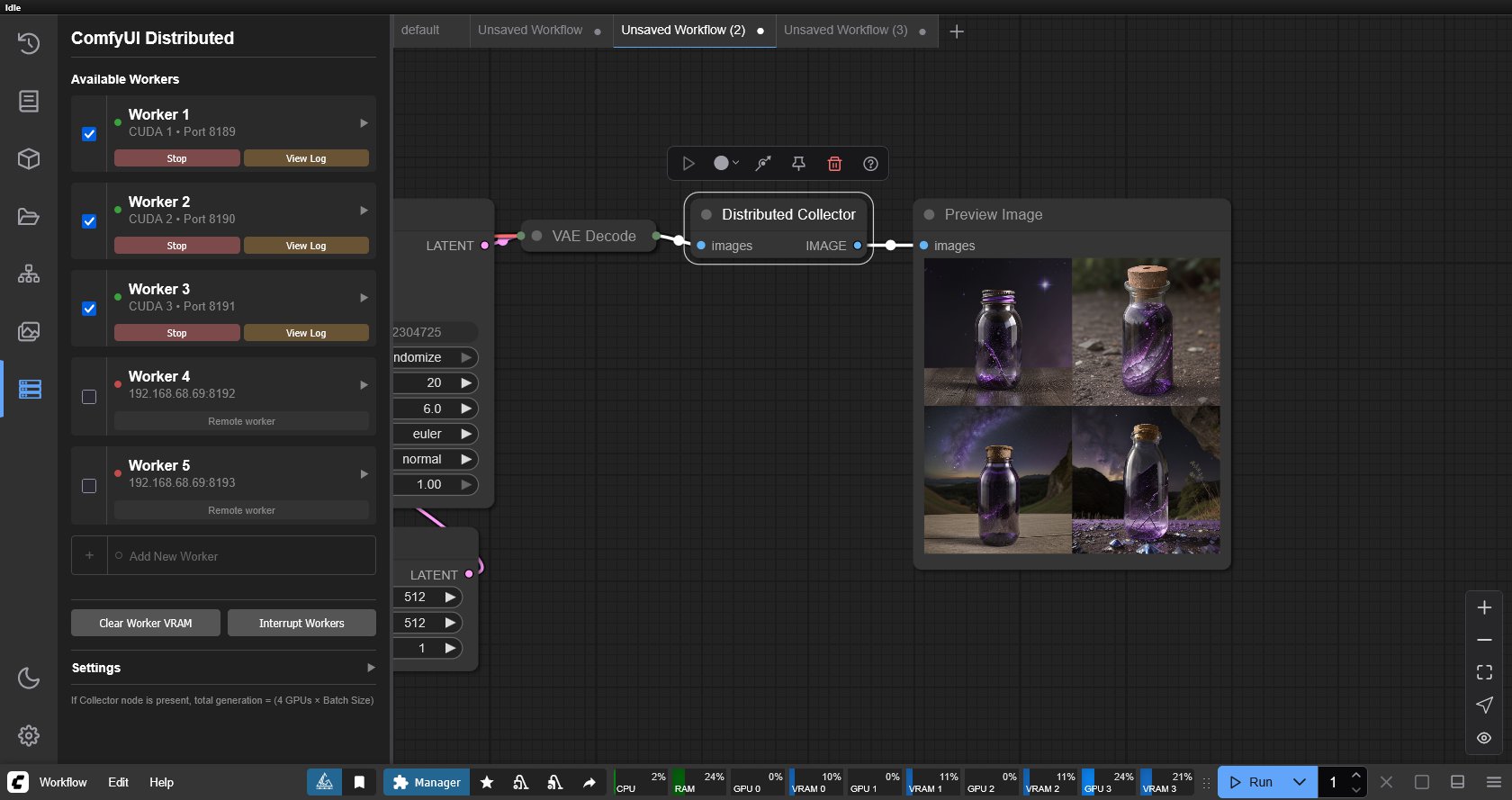
-
What the Boeing 737 MAX’s crashes can teach us about production business – the effects of commoditisation
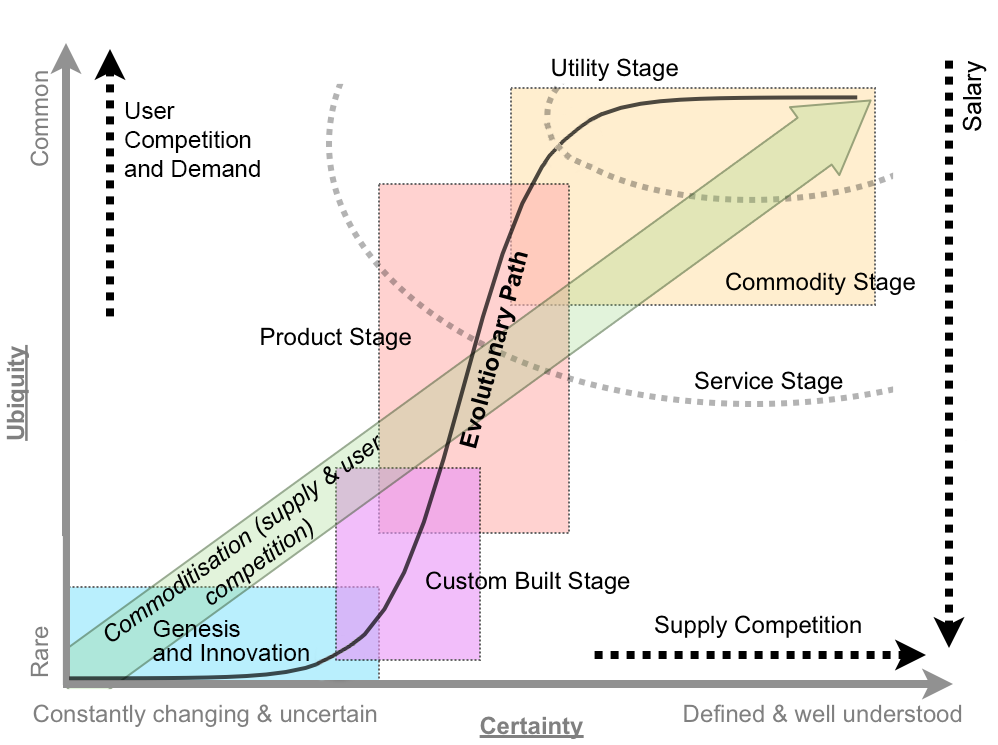
Airplane manufacturing is no different from mortgage lending or insulin distribution or make-believe blood analyzing software (or VFX?) —another cash cow for the one percent, bound inexorably for the slaughterhouse.
The beginning of the end was “Boeing’s 1997 acquisition of McDonnell Douglas, a dysfunctional firm with a dilapidated aircraft plant in Long Beach and a CEO (Harry Stonecipher) who liked to use what he called the “Hollywood model” for dealing with engineers: Hire them for a few months when project deadlines are nigh, fire them when you need to make numbers.” And all that came with it. “Stonecipher’s team had driven the last nail in the coffin of McDonnell’s flailing commercial jet business by trying to outsource everything but design, final assembly, and flight testing and sales.”
It is understood, now more than ever, that capitalism does half-assed things like that, especially in concert with computer software and oblivious regulators.
There was something unsettlingly familiar when the world first learned of MCAS in November, about two weeks after the system’s unthinkable stupidity drove the two-month-old plane and all 189 people on it to a horrific death. It smacked of the sort of screwup a 23-year-old intern might have made—and indeed, much of the software on the MAX had been engineered by recent grads of Indian software-coding academies making as little as $9 an hour, part of Boeing management’s endless war on the unions that once represented more than half its employees.
Down in South Carolina, a nonunion Boeing assembly line that opened in 2011 had for years churned out scores of whistle-blower complaints and wrongful termination lawsuits packed with scenes wherein quality-control documents were regularly forged, employees who enforced standards were sabotaged, and planes were routinely delivered to airlines with loose screws, scratched windows, and random debris everywhere.
Shockingly, another piece of the quality failure is Boeing securing investments from all airliners, starting with SouthWest above all, to guarantee Boeing’s production lines support in exchange for fair market prices and favorite treatments. Basically giving Boeing financial stability independently on the quality of their product. “Those partnerships were but one numbers-smoothing mechanism in a diversified tool kit Boeing had assembled over the previous generation for making its complex and volatile business more palatable to Wall Street.”
-
sRGB vs REC709 – An introduction and FFmpeg implementations

1. Basic Comparison
- What they are
- sRGB: A standard “web”/computer-display RGB color space defined by IEC 61966-2-1. It’s used for most monitors, cameras, printers, and the vast majority of images on the Internet.
- Rec. 709: An HD-video color space defined by ITU-R BT.709. It’s the go-to standard for HDTV broadcasts, Blu-ray discs, and professional video pipelines.
- Why they exist
- sRGB: Ensures consistent colors across different consumer devices (PCs, phones, webcams).
- Rec. 709: Ensures consistent colors across video production and playback chains (cameras → editing → broadcast → TV).
- What you’ll see
- On your desktop or phone, images tagged sRGB will look “right” without extra tweaking.
- On an HDTV or video-editing timeline, footage tagged Rec. 709 will display accurate contrast and hue on broadcast-grade monitors.
2. Digging Deeper
Feature sRGB Rec. 709 White point D65 (6504 K), same for both D65 (6504 K) Primaries (x,y) R: (0.640, 0.330) G: (0.300, 0.600) B: (0.150, 0.060) R: (0.640, 0.330) G: (0.300, 0.600) B: (0.150, 0.060) Gamut size Identical triangle on CIE 1931 chart Identical to sRGB Gamma / transfer Piecewise curve: approximate 2.2 with linear toe Pure power-law γ≈2.4 (often approximated as 2.2 in practice) Matrix coefficients N/A (pure RGB usage) Y = 0.2126 R + 0.7152 G + 0.0722 B (Rec. 709 matrix) Typical bit-depth 8-bit/channel (with 16-bit variants) 8-bit/channel (10-bit for professional video) Usage metadata Tagged as “sRGB” in image files (PNG, JPEG, etc.) Tagged as “bt709” in video containers (MP4, MOV) Color range Full-range RGB (0–255) Studio-range Y′CbCr (Y′ [16–235], Cb/Cr [16–240])
Why the Small Differences Matter
(more…) - What they are








